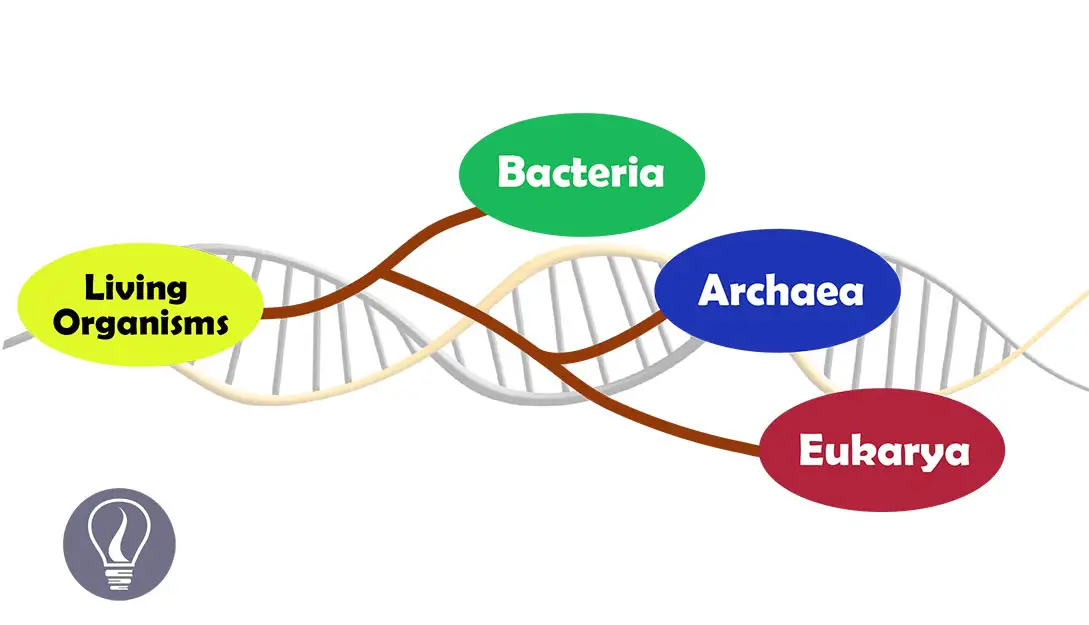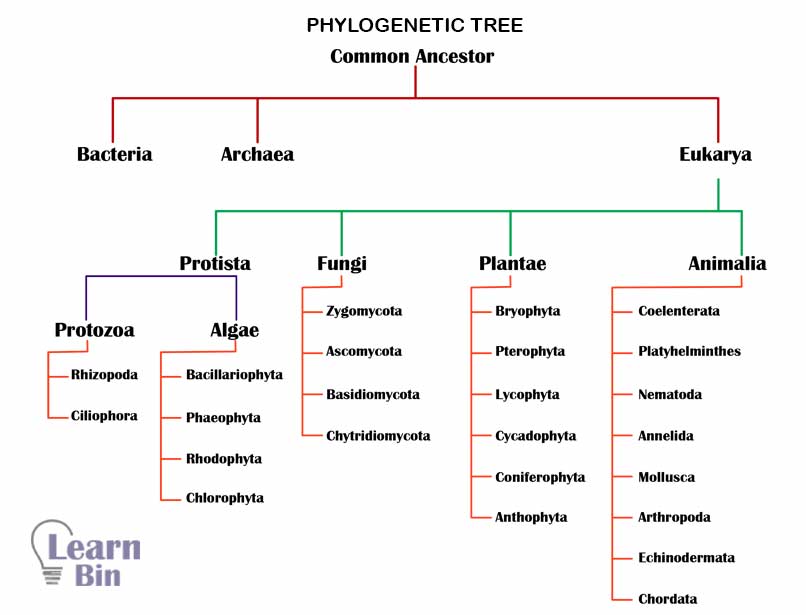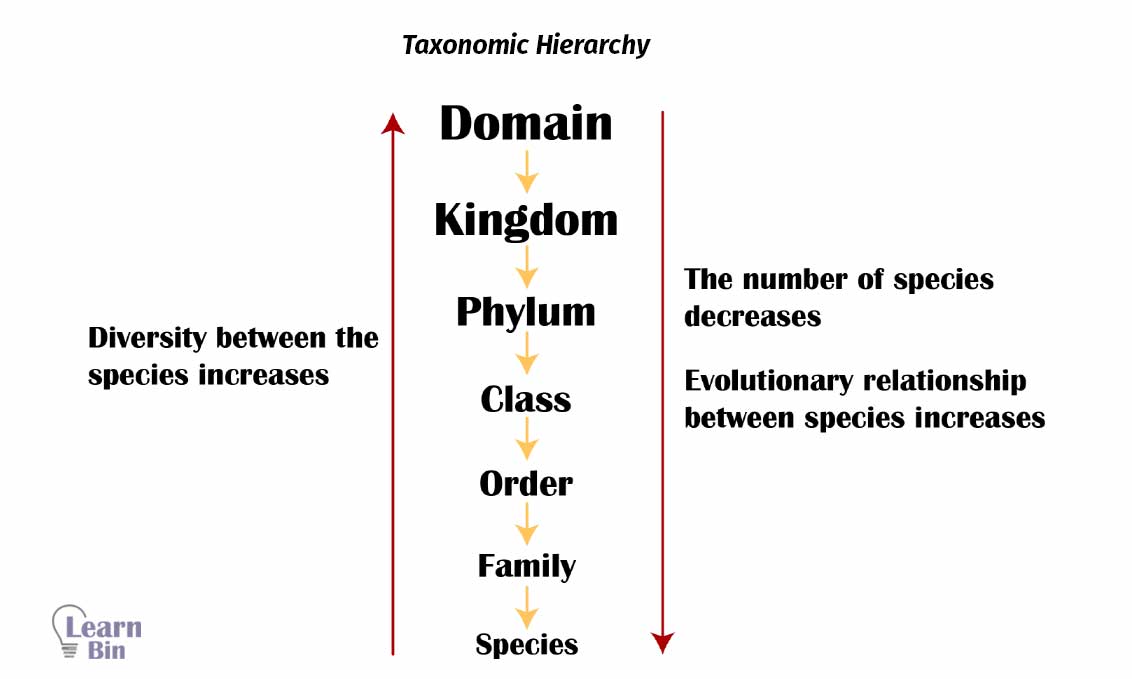More results...


There are two ways in which organisms are classified; artificial and natural classification systems.
Classification of organisms that do not consider evolutionary relationships between organisms is called artificial classification. Here, organisms are classified using two or a few notable features.
Such a classification cannot be used for a scientific study. Because in artificial classification, organisms that do not have evolutionary relations belong to the same group, and organisms that have evolutionary relations belong to different categories.
Until the 18th century, artificial classification systems were used to classify organisms. The development of natural taxonomic systems began in the 19th century, with the introduction of evolution by Charles Darwin.
In a natural classification system, the evolutionary relationships between organisms are considered.
The benefits of a natural classification are ease of identifying evolutionary relationships between organisms, ease of studying the diversity of organisms, ease to remember, improving the ability to predict organisms, ease of giving a scientific name, etc.
| Year | Scientists | Contribution |
| 384 B.C | Aristotle | Animals are classified into vertebrates and invertebrates. |
| 350 B.C | Theophrastus | Plants are classified into herbs, shrubs, and trees. |
| 40 AD - 90 AD | Dioscorides | Plants are classified according to their medicinal properties and agricultural benefits. |
| 1200 – 1280 | Albertus Magnus | Flowering plants are classified into Dicotyledonae and Monocotyledonous |
| 1735 | Carl Linnaeus | Binomial nomenclature was introduced. About 6000 species were given scientific names. The taxonomic hierarchy was introduced. Organisms were classified into two kingdoms as Plantae and Animalia. |
| 1869 | Ernst Haeckel | Introduction of “Phylum” to the taxonomic hierarchy. Introducing a new living kingdom called “Protista” |
| 1969 | R.H. Whittaker | Five kingdoms were introduced into the taxonomic system. (Monera, Protista, Fungi, Animalia, Plantae) |
| 1982 | Carl Woese | Molecular biological features were used to classify organisms. Three domain classification was introduced |
Living organisms are divided into three domains based on molecular biological factors. Considering the common ancestral relationships of living things, the evolution of life can be represented as a branched tree. This is called the “Phylogenetic tree”.

The tree domain classification was introduced by Carl Woese in 1990. He used molecular biological features to classify organisms. The molecular biological factors that he used are the Base sequence of important genes, the amino acid sequence of proteins, the base sequence of rRNA, and the molecular structure of the cell membrane.
Three domains of life introduced by Carl Woese are Bacteria, Archaea, and Eukarya. Domains are classified further into seven levels. Those are kingdom, phylum, class, order, family, genus, and species. Each level is called a taxon. When coming from the top to bottom of the taxonomic hierarchy, the number of species decreases, diversity between the species decreases, and the evolutionary relationship between species increases.

| Domains | |||
| Characteristics | Bacteria | Archaea | Eukarya |
| Nuclear envelope | Absent | Absent | Present |
| Membrane enclosed organelles | Absent | Absent | Present |
| Peptidoglycan in the cell wall | Present | Absent | Absent |
| Membrane lipids. | Unbranched hydrocarbons | Some branched hydrocarbons | Unbranched hydrocarbons |
| RNA polymerase | One kind | Several kinds | Several kinds |
| Initiator amino acid for protein synthesis. | Formyl-methionine | Methionine | Methionine |
| Noncoding parts in genes (introns) | Rare | Present in some genes | Present |
| Response to the antibiotics. (streptomycin and chloramphenicol) | Growth inhibited | Growth is not inhibited. | Growth not inhibited |
| Histones associated with DNA. | Absent | Present | Present |
| Circular chromosomes | Present | Present | Absent |
| Ability to grow at temperatures above 100℃ | No | Some species | No |

Image by Gerd Altmann from Pixabay was used in the cover image
This is an excellent resource for secondary teachers. Thank you. Regarding Figure 02, I believe there is an error. As you move down from domain towards species, the evolutional relationship between the organisms in the taxon increases ( in that the DNA sequences) become more similar.
Thank you very much for pointing the mistake out. We highly appreciate it. I have updated the figure to correct the mistake.
I'm so sorry, but I believe you also need to change the text just above the figure: "When coming from the top to bottom of the taxonomic hierarchy, the number of species decreases, diversity between the species decreases, and the evolutionary relationship between species decreases." I believe the last word should be "increase," not "decrease."
Thank you again for putting this site together.
Thank you very much again for pointing that out. We have fixed the mistake and I will go trough the article again to make sure all errors are fixed.